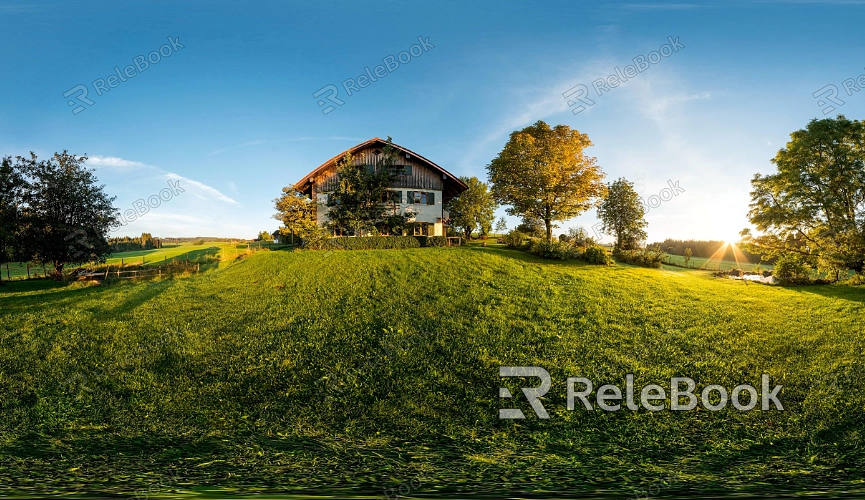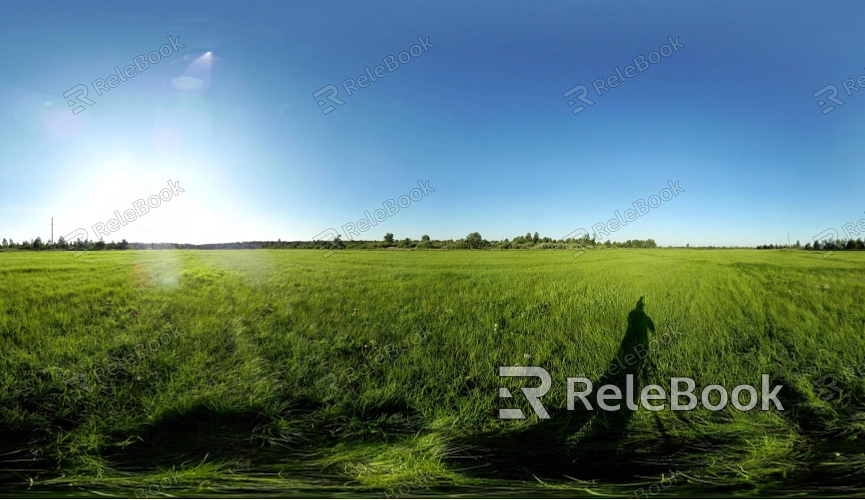How to Apply HDR Skybox Textures in Unity?
HDR skybox textures provide rich lighting effects, making scenes more vibrant and realistic. This technique is widely used in interior design, game development, and film production. When developing in Unity, applying HDR skybox textures is a crucial step in enhancing rendering quality. Below, we'll outline the specific methods for using HDR skybox textures in Unity and explore the benefits they offer.

Understanding HDR Skybox Textures
HDR skybox textures consist of multiple high dynamic range images that display a wide array of colors and details. These textures are typically used to create 360-degree environmental effects, simulating real-world skies and surroundings. In Unity, HDR skybox textures provide higher light contrast and richer light source information, enhancing the overall rendering quality.
Choosing the Right HDR Skybox Texture
Unity supports various formats for HDR skybox textures, including Cubemap and 360-degree panoramic images. When selecting a texture, consider the theme and atmosphere of your scene. Suitable skybox textures can be downloaded from online resource libraries such as HDRI Haven and Textures.com, ensuring the texture's quality and resolution meet your project needs.
Importing HDR Skybox Textures
In Unity, open the "Assets" menu and select "Import New Asset" to find your downloaded HDR skybox texture file. After importing, make sure the texture type is set to either "Cubemap" or "2D," depending on the format chosen.
Creating and Setting Up the Skybox Material
In the "Assets" window, right-click and select "Create > Material" to create a new material. In the material's Inspector panel, set the Shader type to "Skybox/Cubemap" or "Skybox/Panoramic," based on the HDR texture you are using. Then, drag and drop the imported HDR skybox texture into the appropriate property of the material.
Applying the Skybox Material to the Scene
Open the "Window" menu, select "Rendering," and then choose the "Lighting" option. In the Lighting panel, locate the "Environment" section and set the "Skybox Material" to the skybox material you just created. Your scene will now display the new HDR skybox texture in real-time.

Adjusting Lighting Settings
HDR skyboxes not only affect the visual appearance of your scene but also significantly influence lighting performance. You can adjust the "Environment Lighting" settings in the Lighting panel to achieve optimal lighting effects. Choose either "Baked" or "Realtime" lighting modes based on your project needs, ensuring the overall brightness and atmosphere of the scene are aligned.
Optimizing Rendering Effects
After applying the HDR skybox, you may need to optimize rendering effects based on the specific demands of your scene. For example, you might adjust shadow quality, light intensity, and other parameters for the best results. In the Graphics settings, select the appropriate rendering pipeline (such as URP or HDRP) to further enhance rendering quality and performance.
Testing and Iteration
Once you've applied the HDR skybox texture, conduct thorough testing to ensure the scene performs well under various lighting conditions. Depending on the results, you may need to repeatedly adjust the skybox material and lighting settings to achieve the desired visual outcome.
By following these steps, you can successfully apply HDR skybox textures in Unity, significantly enhancing the realism and atmosphere of your scenes. This technique is not only beneficial for game development but also widely applicable in virtual reality and architectural visualization. Utilizing HDR skybox textures can make your projects more engaging and help you stand out in a competitive landscape.
If you're looking for high-quality HDR images, 3D textures, SketchUp models, or 3ds Max models to create your designs and virtual scenes, Relebook offers a wealth of options to help you achieve outstanding visual results in your projects.

